Boxing
Inside the world’s biggest fight
It is quiet at the gym. Private. No one else goes in there.
All the craziness is locked outside.
Saul ‘Canelo’ Alvarez likes it that way. He’s not one for crowds at training. Not one for hype. San Diego is a good place to prepare for the biggest fight in the world.
Canelo is fast approaching his rematch with Gennady ‘GGG’ Golovkin. I’ve been Canelo’s main sparring partner for the past two months.
Canelo is a nice bloke, though he keeps things professional. We exchange a few words here and there; he has a few words of English.
But we don’t speak much. We mostly just get in the ring and go for it. He’s preparing for a big puncher in GGG and I’ve got power in both hands.
Canelo spars in four-minute rounds, not three. That extra minute is tough as it is, but he also works with two alternating sparring partners, so he’s always facing a fresher opponent. Some days we do four rounds, some days five – meaning eight or 10 for Canelo.
He’s a very intelligent fighter and there’s no doubt he’s got superior skills to any fighter I’ve ever been in the ring with. Even in sparring, he makes life very difficult.
He’s got speed, power, accuracy. He’s very deceptive. He’s got great defence. He’s a complete fighter.
It’s been a great insight to fighting at that world championship level. Canelo is the elite of the elite. You don’t get much better than him and you quickly learn what you can and can’t do against fighters of that calibre.
His class demands that you are disciplined. You have to pick your shots more carefully. You only let a punch go when you’re 100 per cent sure it’s going to connect. Any doubt, you’re better off playing it smart and patient.
You can’t be wild, or you’ll be punished. You need to use skills, not just raw power; technique and craft to set up the big punch, not just throwing wildly. That’s something I’ve been in the process of learning in my own fights.
I’m 17-0 (14 KOs). All my fights have been in Australia or New Zealand but thanks to sparring with Canelo, that’s about to change in a big way.
CANELO & GOLDEN BOY
A friend of mine reached out to Canelo’s trainer, Eddy Reynoso. He sent him a message after my latest decisive win earlier this year, against former WBA world super-middleweight champion Giovanni De Carolis. Then Eddy watched some footage of me on Instagram.
That’s how I became Canelo’s sparring partner. Surreal.
That was early in the year – I’ve sparred two camps with Canelo. The first was a couple of weeks leading into the cancelled Canelo vs Golovkin 2 bout in May. The cancellation news hit just a few days after we’d arrived back in Sydney.
Sparring Canelo, twice, has given a huge boost to my profile in America. Plenty more people within the US boxing community know my name now.
Eddy has been impressed with my skills and wants to take me on, training in partnership with my father, Mick. Eddy has exciting plans for my future, including a training camp in Mexico.
It’s been a great insight to fighting at that world championship level. Canelo is the elite of the elite. You don’t get much better than him and you quickly learn what you can and can’t do against fighters of that calibre.
But first, thanks to Eddy, I am about to make my US debut on a Golden Boy Card. Under the promotion of the great Oscar De La Hoya, live on ESPN.
It has taken a while to find an opponent. In Australia, they were getting very hard to find thanks to my knockout record.
Whatever happens, I’ll be ready. I’m fighting September 13 (Sept. 14 AEST) at the Hard Rock Hotel and Casino, Las Vegas – just two days before Canelo vs GGG 2 at T-Mobile Arena, for all Golovkin’s middleweight world title belts.
This camp, Canelo has seemed much fitter; his workrate much higher. He is also a lot more skilful than Golovkin. With those things combined, Canelo wins the rematch.
Golovkin is a good fighter, no doubt. I like his aggression, how he moves forward. Everyone knows he’s got a great chin and serious power.
I liked how he boxed against David Lemieux, using smart movement. But since then, he’s just playing the bull, charging in. Against someone like Canelo, you must have more respect for the skills and power of your opponent; you can’t just walk through him.
A BORN FIGHTER
It’s been said that my dad, Mick Akkawy, hit men so hard they lifted off the canvas.
I’ve seen a couple of his old fight tapes. Yep, he could hit!
Dad was a rising welterweight. Johnny Lewis reckons he was the hardest puncher he’s ever seen, pound-for-pound, and could have been a world champion.
He never got that chance. His career was over after two professional fights. He never even got to his prime, which perhaps makes Johnny’s compliment even more remarkable.
Dad was in a car accident when he was only about 20. He had two slipped discs, a pinched nerve in his neck, plus a broken shoulder and forearm.
It was just too much.
When he got back into training again, the pain was too great. He had to retire from boxing way before his time and he became a trainer.
I grew up in dad’s gym. When I was a little kid, it was just down the road at Norman Street in Peakhurst, Sydney. These days, it’s at the Hardcore 24/7 Gym, Carlton.
I’ve been boxing for as long as I can remember. I loved being in the gym. Dad had the gloves on me from when I was tiny, and I could throw a decent punch before I was in kindergarten.
Yet dad did not want me to pursue a career in boxing.
He trained me for self-defence and fitness, not to become a fighter. He knew how hard life was in the ring, how much sacrifice was required. He’d always told me that.
But the more I boxed, the more I liked it. I became determined that it was what I wanted to do with my life.
When I told dad that I wanted to fight, when I was nearly old enough, he consulted with my Uncle Al who later became my manager and they came up with a plan they thought would stop me.
First, I got told I would make more of a living getting a job at the local McDonald’s and was encouraged to get a trade or go to uni. Then, I was given a challenge. I got told to lose the weight first.
I was 95kg at the time. Dad told me I had to get down to 71kg. He didn’t believe that I’d do it.
I’d just finished high school and I was 17. I didn’t know much about nutrition at that age; I remember eating Mars bars and chips at school.
But I got a chart off my Uncle Al that taught me how to count calories and make better food choices. Mars bars were out and in came clean food like chicken and veggies.
For training, I spent plenty of time in the gym boxing, but I went hard on the cardio. Walking and running became an obsession until I got the weight off.
It only took about three months, and Dad had a fighter.
STEEP LEARNING CURVE
It’s a wonderful thing, to be trained by your father and managed by your uncle.
We have a small team and together with the help of close friends and great sponsors who saw something in me, we have come a long way. Most people don’t have that opportunity.
Dad doesn’t cop bludging, so it’s lucky I like the gym – although I don’t like the roadwork quite as much.
I probably didn’t think that the life of a boxer would be as hard as dad described. But he was right about the sacrifices.
Boxing becomes your life. Everything revolves around it. If you get a call to come to the gym and spar, you’ve got to drop everything and take off.
You can’t commit to anything but boxing. You are married to boxing.
I was 95kg at the time. Dad told me I had to get down to 71kg. He didn’t believe that I’d do it. It only took about three months, and Dad had a fighter.
And I had a steep learning curve becoming a professional.
By that, I mean I had no amateur fights. Zero.
I had a lifetime of training, but just a couple of weeks of sparring and one exhibition fight at a police vs firefighters event. A police friend of mine, Haithem Jouni, had me represent the police.
I remember warming up and then sitting down to conserve energy. When I tried to get up, Uncle Al needed to just about lift up my entire weight, as my legs were like jelly.
I got matched against an older, bigger firey and even though my legs felt ordinary, I dropped him with a left hook in the first round. He was tough, though, and lasted the three rounds.
Then, I was debuting as a pro. My very first professional fight was against Mick Jones in Auckland, June 2011, on the undercard of Anthony Mundine vs Xavier Tolliver and Sonny Bill Williams vs Alipate Liava’a.
I’d just turned 18 and I was live on Main Event.
Before the fight, I was thinking, ‘What have I gotten myself into?’
The nerves hit you. Hard. When the time came, all I could say was, ‘Too late now’, and out I walked.
I won by knockout 40 seconds into the first round.
That was the first time I had ever knocked anyone out clean. My opponent was out cold and there were people everywhere in the ring for several minutes, including the doctor, who was looking over Mick. I was in shock, like, ‘I didn’t know I could do that’.
I learnt a lot, as short as the fight was. I was on my way.

HOLDING THE POWER
I’ve always had power in both hands. Partly the genes, partly the hard work, I guess.
Some days I feel more comfortable throwing the left hand, others the right; it depends on the opponent’s style. If I had to pick one go-to punch, it’s my overhand right. I finished Mick Jones with my right hand, and plenty of other guys since then.
Apart from my dad, and well before Canelo, I was lucky to have plenty of exposure to top fighters and athletes in Australia.
I went to some of the Mundine fights. I saw the packed arenas and they pumped me up. They made me think how much I’d love to fight in front of a big crowd. The atmosphere was amazing.
I sparred with Choc, too.
Choc is a nice bloke in person, totally different to the one you see in front of the cameras. You have to engage people somehow, entertain them. He’s done it by being controversial and he’s had a long, successful career.
I prefer the quiet approach. Relaxed. I like to go in the ring and let my fighting do the talking. I have an aggressive style and that’s what the fans like. Big power shots. That’s the way I get attention.
I had that in common with Sakio Bika, who trained with my father when he was in Australia between fights. I’ve also sparred with Daniel Geale and Nader Hamdan.
Sonny Bill Williams did some training with my dad before his fight against Francois Botha. He was probably the first guy, who I saw up close, that had that extreme level of professionalism. Always eating properly, stretching properly, doing every little thing to get his body right. It was a good lesson.
There have been a lot of those and they are all pushing me towards my ultimate goal: to become a world champion.
More about: Anthony Mundine | Resilience | Sonny Bill Williams
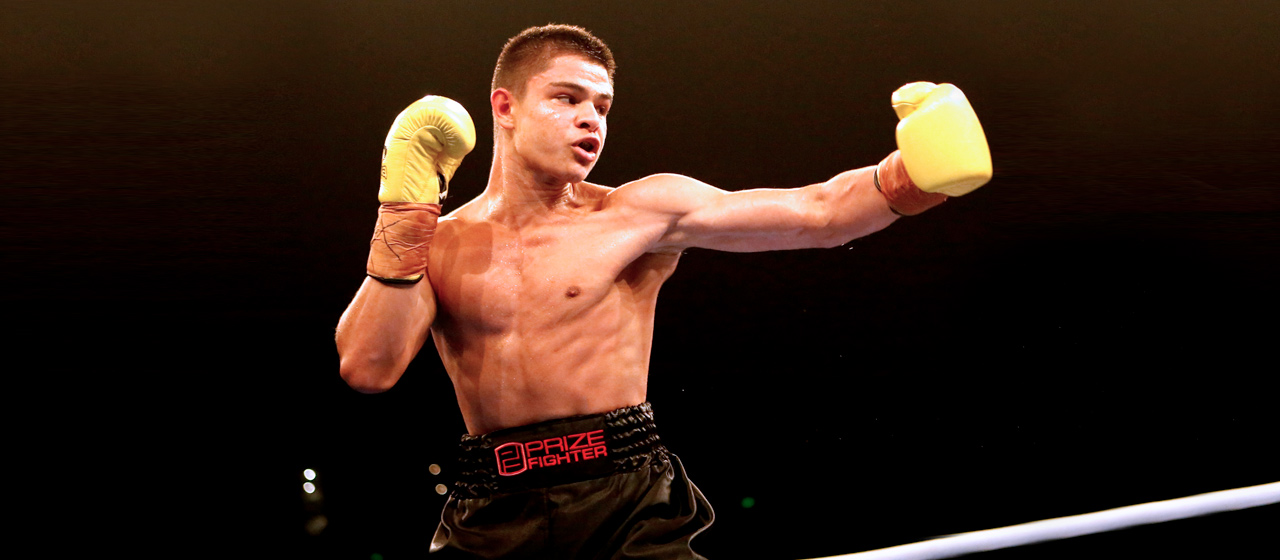
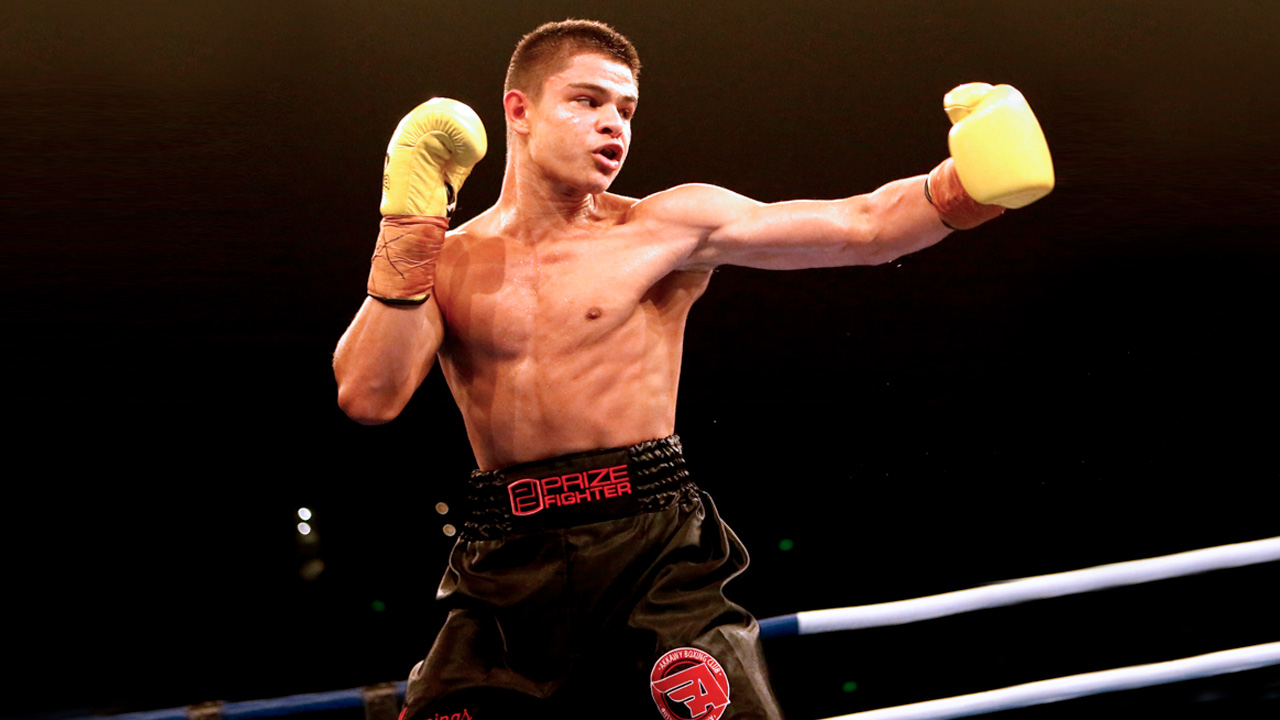
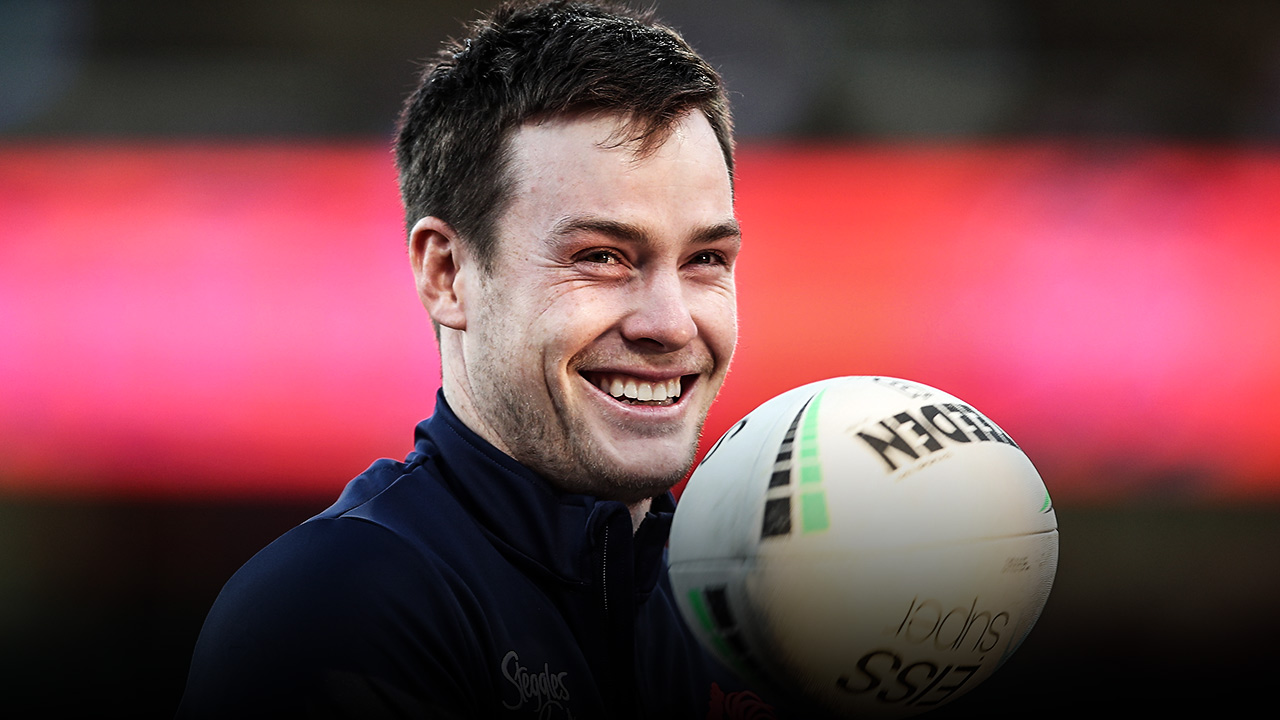
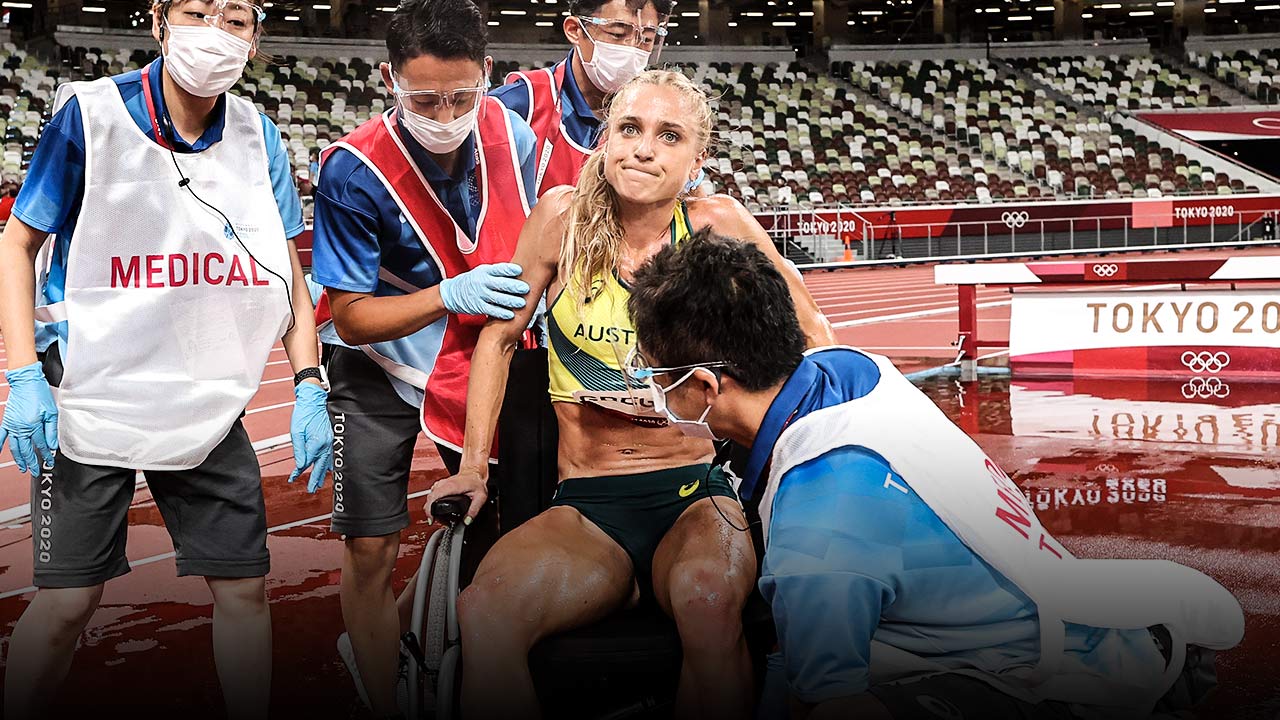

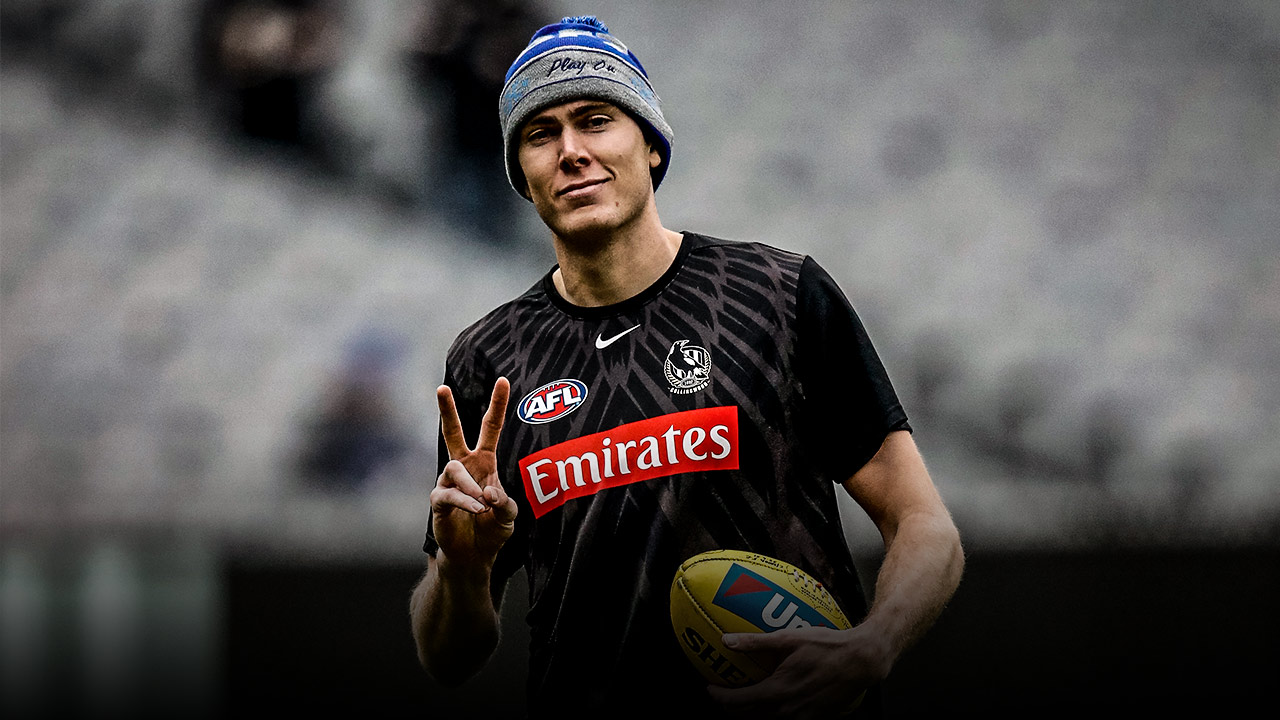
 Load More
Load More